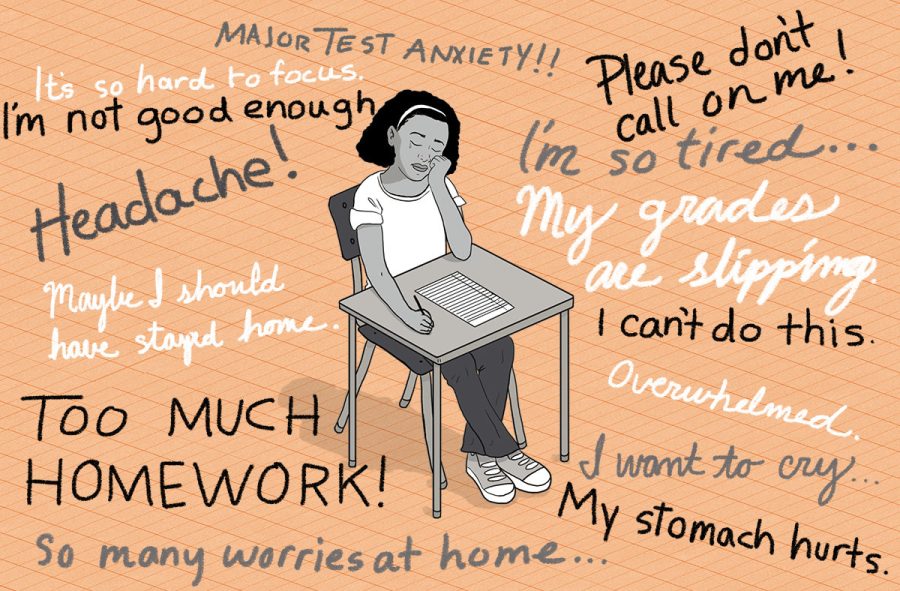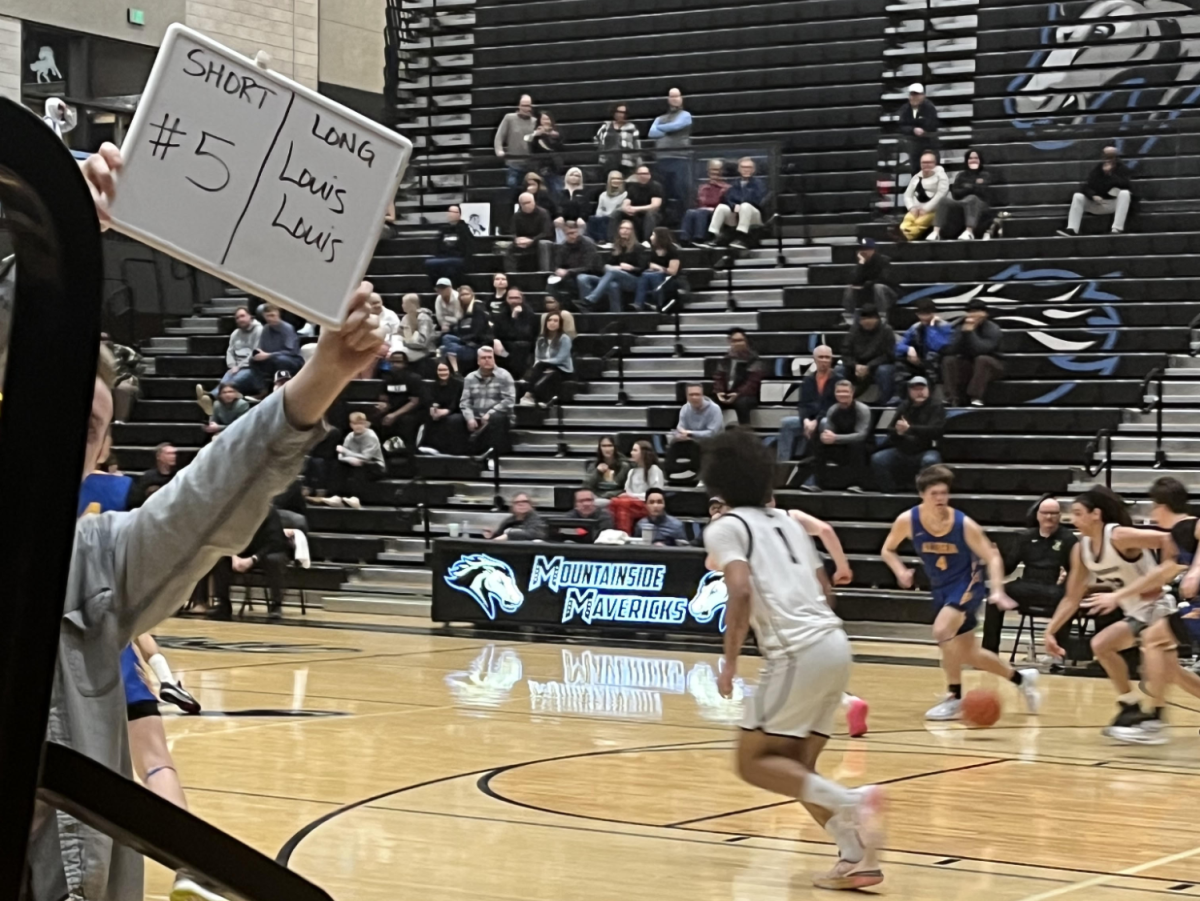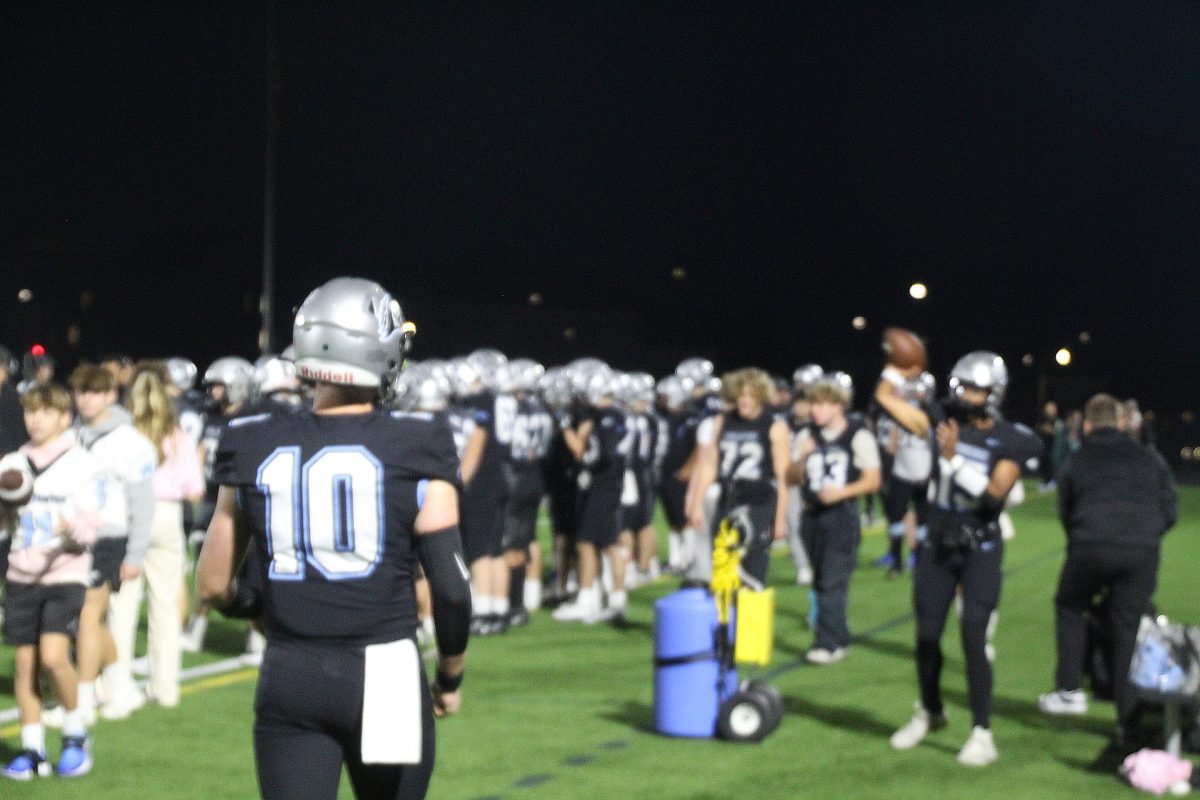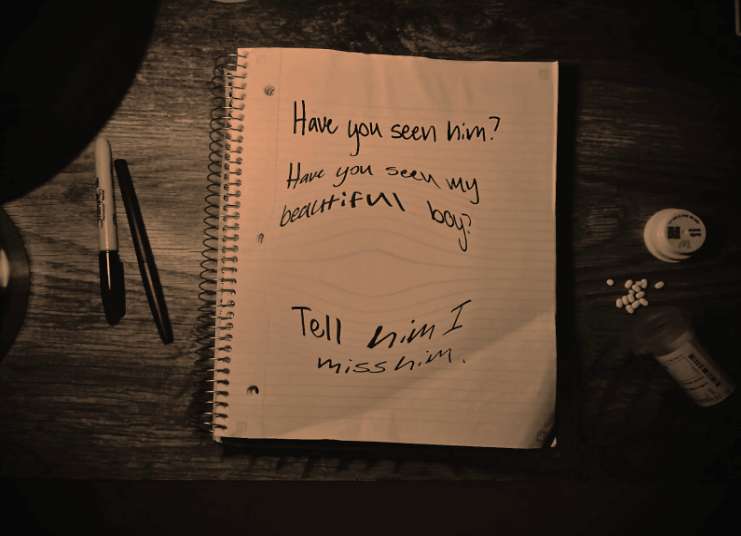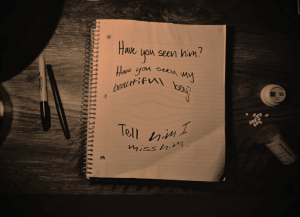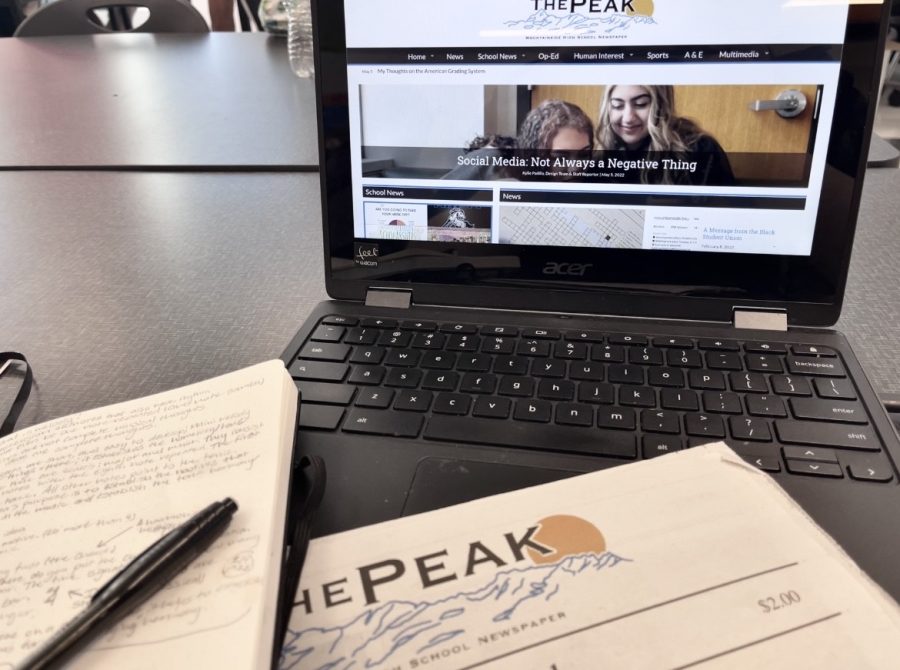Do Students Have Anywhere to Go?
February 8, 2022
Another year, another slideshow. With mental health week around the corner, schools preach mental health and self care. But what are they actually doing about it? Do the students have anywhere to go?
“I feel like they say they value our mental health…In advisory they talk about ways to care for mental health and assign loads of homework.” This is Valerie Beach, a sophomore here at Mountainside. This was her response when asked if she thought there were any staff members here that she felt she could turn to.
Many students find themselves hesitant to reach out, whether it be lack of knowledge on resources or feeling a lack of access. The ones that have reached out, left no better than they came. Junior Andrew Acevedo said, “I’ve talked to a counselor before last year, and it didn’t really do anything, even though I clarified what my problem was.” The push for mental health awareness is visible within the student body, but the outreach to the students feels one-sided, disingenuous, and unempathetic.
However there have been some attempts reaching out ot the students. When social worker Ms. Wirtz was asked on what she did to help the students, she said, “My hope was to go to every advisory this year and promote the wellness room. I got to go to the 9th grade advisories…There’s two advisories I didn’t get to go to, but I don’t make the advisory schedule and I offered and I was not given the opportunity to go to those classes…there could definitely be way more promotion of the wellness room and the wellness center.”
Over the years here at Mountainside, mental health has been handled relatively the same, considering it’s still a pretty new school. A huge part of Mountainside’s advocacy to mental health is the numerous amounts of slide shows. You know, the presentations that tell us to go for a walk, or read a book and suddenly all of our problems will go away. “The advisory lessons we’ve done are misleading, like there was a thing that said that people who hurt themselves are doing it for attention. Which I think perpetuates a stereotype in students’ minds,” said Acevedo.
And his thoughts are in exact relation to a previous article on “The Peak” titled “Depression 101”. For the slides I’m about to reference, I’d suggest clicking the link for visual representation. Maybe even read it as well. You might become more enlightened to the issues here after taking a look.
Two “Myth or Fact” slides on a mental health presentation from last year raised some concerns and frustration from students due to their blatant non-chalantness and insensitive tone. On the first slide it says, “Teenagers who talk about suicide are doing it for attention.” The next slide responded with “Fact: These teens DO need the attention. There is something going on that is making them feel this way. They need people to listen and they need professionals to help them.”
And while at first glance you may think this is them just wanting to help, millions of teens dealing with mental illness around the world would beg to differ. We asked Wirtz what she thought about these slides specifically, and this was her response: “I think they meant that students who talked about suicide do need attention and how those students are making it known they need attention.” But do you see how this could be misconceived, right? “Yeah I can see where students may have been concerned.”
If you’ve been present for any mental health week, you’ve definitely seen the misconstrued information that are in these slide-shows. And it’s not only the slide shows that are the problem.
When conducting the series of interviews needed for thorough research, a sense of confusion was prevalent among the staff. In an interview with Principal Corsetti, a lot of the questions went unanswered. Granted, his job description doesn’t include expertise on mental health; however, when he directed us to who he thought could give more in-depth answers, that same sense of confusion presented itself again.
Ms. O’Quinn, the College and Career Counselor, was where we were directed to learn more about the slideshows on mental health. However, she wasn’t sure how to answer the question, Do you think it’s a problem that the school district makes the slides for all the schools in the area rather than specified slides made for each school? This was just one of many questions that she left unanswered.
When asked about how well the resources were being pushed out to the students, she responded, “We have done some informational lessons in those classes(advisory)”. Short and kurt is the only way to explain her responses, and uniformed seemed to be the tone. With multiple staff members passing us off to someone else who seemed to know little to nothing on the subject as well, you have to ask, do the staff even know where to go?
“Yeah I feel like they do a pretty good job. They have the wellness center. I’ve only been told once where it is so they should probably spread the word more. But I feel like they do a good job on having enough resources.” said Beach. Although there are obvious problems with our administration’s dealings with mental health, there are also positives and it is most definitely fixable in such a fresh system. One solution we came up with after some brainstorming was to have actual professional psychologists or mental health specialists make/teach the lessons here at school. I think this would make Advisory teachers AND students far more comfortable with mental health week. Another solution was to create an anonymous tip line with a QR code posted all over the school for not only students who need to inform their counselors of students who they think are at-risk or unsafe with themselves and need help, but also those students themselves who want to reach out for help but just can’t make the effort or are too scared to go to someone in person and be vulnerable. The tipline would include an option for kids to put in their phone number or personal email so their counselor can contact them while maintaining anonymity.
We could provide as many solutions as possible but it won’t matter if Mountainside and the Beaverton School district step up to the challenge, acknowledge the problem, and actually do something about it. All we can do is hope for the best for the sake of our school’s future.



